
Artificial intelligence can cut documentation time, streamline scheduling and reduce burnout — but only if it’s implemented with clear goals and cost controls.

Artificial intelligence can cut documentation time, streamline scheduling and reduce burnout — but only if it’s implemented with clear goals and cost controls.

KFF and The Washington Post surveyed more than 2,700 U.S. parents on their views of children’s health, vaccines and trust in institutions. The findings reveal what pediatricians and primary care physicians are up against — and where trust still lives.

Obesity remains overwhelmingly concentrated in the South and Midwest, with rates topping 40% in two states. Trust for America’s Health warns that “this progress is limited and at risk” amid federal cuts to prevention programs.

For the first time in years, fewer states report adult-obesity rates above 35 percent. These are the 10 states (plus Washington D.C.) with the lowest obesity rates in 2025.

A slideshow of top counties where population is projected to grow or shrink.

AI offers much potential, but do physicians trust it to solve the prior authorization problem?

Software decisions can make or break your practice’s efficiency and financial health. These five questions help ensure your next investment supports — not complicates — your business.

Trilliant Health analysis outlines trends emerging as health care defies ‘laws of economics.’

A new KFF survey finds that while 77% of Americans heard President Trump’s claim linking Tylenol use during pregnancy to autism, most aren’t convinced.

SullivanCotter’s 2025 survey finds executive compensation up 4.7% overall, with the fastest growth in operations, digital strategy and compliance leadership roles.
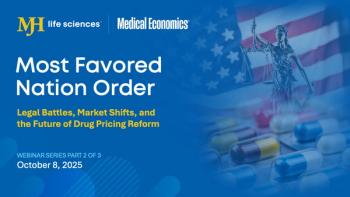
In part two of MJH Life Sciences’ three-part series, experts dissect President Trump’s most-favored nation executive order, warning that its use of tariffs and foreign price benchmarks could upend drug markets and test the limits of federal authority.

Inefficient scheduling drains revenue, increases stress and frustrates patients. Here’s how to fix it before it hurts your bottom line.

From ease of use to real-world support, here’s what physicians should consider before committing to a new electronic health record system — and how to see how the top options compare.

From automation to analytics, physicians can use these strategies to reduce stress and sharpen efficiency.

EHR software is often one of a practice’s biggest expenses — but not always the best understood. Here’s how to avoid overpaying while still getting the tools you need.
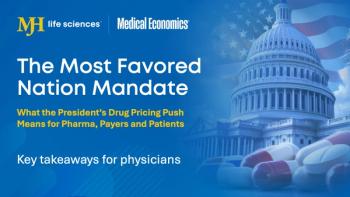
Trump’s “most favored nation” drug pricing order could lower costs but raise new challenges for physicians, patients and pharma.
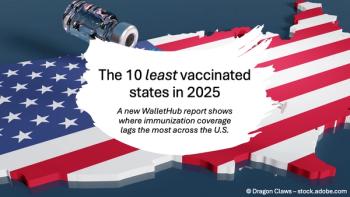
WalletHub's latest report shows where immunization coverage lags the most across the United States.
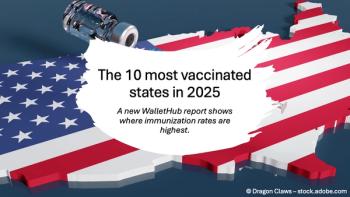
WalletHub's latest report shows where immunization rates are highest, underscoring disparities across the U.S.

Sticker prices rarely tell the full story. Here’s what independent practices should know before investing in a billing platform.

From hidden costs to HIPAA compliance, here’s what small practices should consider before choosing an AI EHR, scheduling or telehealth tool.
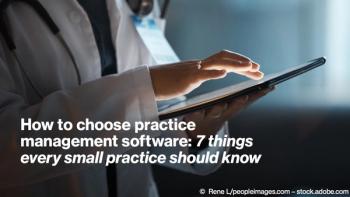
From usability to integration, these key considerations can help you avoid costly mistakes.
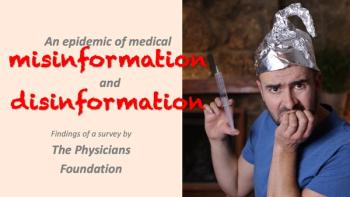
Findings by The Physicians Foundation point to an epidemic of medical misinformation and disinformation in the United States.

Appointment management doesn’t have to be a pain. These strategies help practices run on time, every time.

AI adoption and collaboration trends in the medical device industry

Practical, proven billing improvements — from front-desk diligence to denial prevention — that keep cash flow steady and your revenue cycle running smoothly.
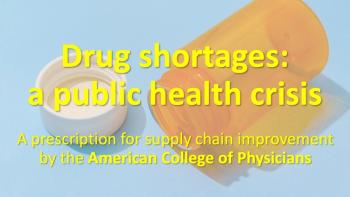
New position paper outlines scope of problem and offers policies that could help.
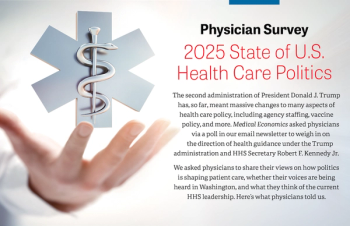
Exclusive results of a survey of Medical Economics’ physician audience.

A slideshow with figures from the American Medical Association's report: "Physician Practice Characteristics in 2024."

Our 96th annual Physician Report goes beyond compensation to examine how financial strain, payer complexity and legal risk are shaping the future of medical practice.
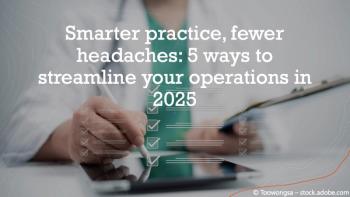
Independent and small-group physicians are under growing pressure to do more with less. These five practical strategies can help reduce friction, improve efficiency and give you back time — without a major investment.